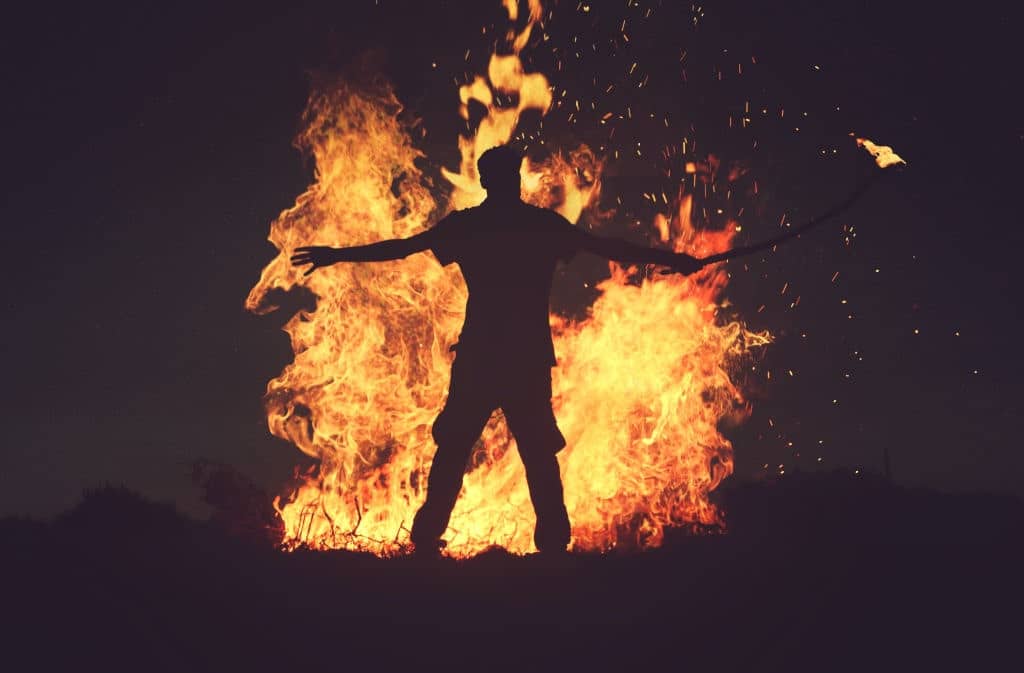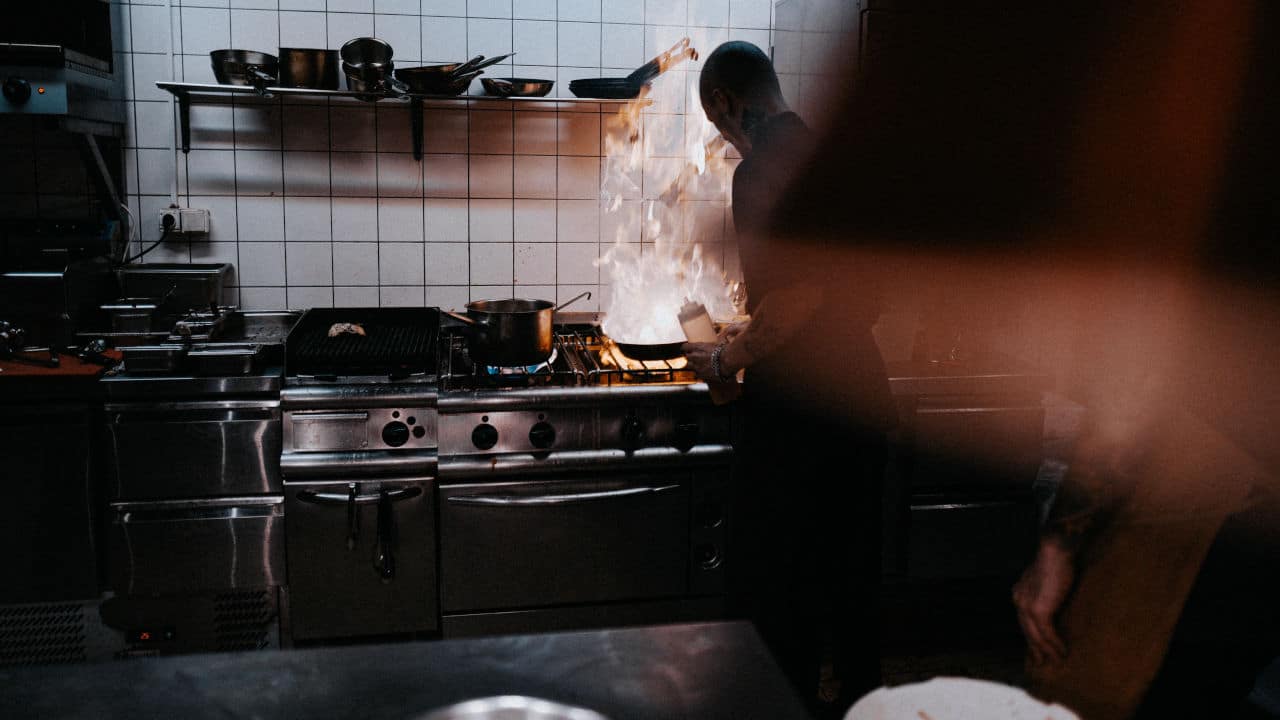No matter how thick it appears, the average human skin has a limit of heat and cold it can take on. When the temperature gets too hot, it affects the skin tissues. Some may begin to sweat profusely, while they may experience a skin burn in hotter temperatures. The exposure to heat may result from a fire accident, hot liquid spillage, sunburn, etc. Whichever way, exposure of the skin to unpleasantly hot and fiery conditions can cause different types of burns.
How common is burns injury?
According to The American Burns Association, more than 400,000 people receive treatment for burn injuries each year.
Burns injuries are common in residential apartments. It may be due to a fire started by an arsonist or unintentionally at home. Minor accidents at home like slipping while carrying hot liquid, oil spillage while cooking, steam from microwaves, and other condition that causes scalding can as well lead to burns injury. Electricity burns are also a leading cause of burn injury in the home.
In addition, children are at a higher risk of burns injury at home. They may be too playful and come in contact with hot objects and liquid, thereby getting burns.
In other scenarios, their naivety also puts them at the mercy of wicked and unreasonable adults. An example of such a scenario is the case of State v. Armstrong, where an adult threw boiling coffee on a 10-month-old baby because he was crying. The adult further when to dip the baby’s foot into the hot coffee leading to first and second-degree burns on the baby’s face and feet.
Furthermore, an auto-crash accident can leave victims with severe burns injury. The burns can come from fire from the accident or their skin grinding against the hard road surface.
Also, people can experience burns from exposure to sources of radiation and chemicals. The American Burns Association states that chemicals account for 3% of all burn center admissions.

Types of Burns Injury
Burns injury on the skin can be classified into various types depending on the severity and how deep the burns got into the skin. The skin has layers; hence, the types of burns depend on the layer that got burnt. However, a burn can go deeper down the skin and affects the bones. The following are the various types of burns;
- First-degree burns: This is a minor type of skin burn. Most times, it doesn’t require excessive clinical care as home remedies, and pain medications can help curtail its effect. This type of burn affects the epidermis, which is the outermost layer of the skin responsible for skin tone. Hence, first-degree burns only cause the skin to be red and painful, changing its color. However, it doesn’t lead to blisters and long-term skin tissue damage.
- Second-degree burns: This type of burn goes deeper into the skin. It eats up the epidermis and gets into the dermis, which is the middle layer of the skin responsible for producing sweat and feeling sensations. Due to the dermis being affected, a second-degree burn causes red skin and leaves pockets of fluids called blisters in the skin and causes wetness and painful sensation when it’s touched. Depending on how deep it eats into the dermis, it may or may not cause permanent scars on the skin.
- Third-degree burns: This kind of burn is more severe as it totally eats up the outermost and middle layer of the skin – the epidermis and the dermis. It affects the hypodermis, which is the fatty layer of the skin. Nerve endings are damaged in this type of burn, thereby causing a lack of sensation. This type of burn most times requires a skin graft.
- Fourth-degree burns: This is the most dangerous type of burns. It eats deep down the skin layers into the bones, muscles, and tendons. This can lead to death if the burning persists without intervention.
In addition, a victim can experience more than one type of burn simultaneously. An example is the case of US v. Ankeny, where the defendant had first- and second-degree burns to his face and chest and second-degree burns to his upper arms.
Another example is the case of State v. Schurz. Here, the victim suffered third, and fourth-degree burns to almost 100% of his body and died few hours later.
Trial Exhibit Illustrating Various Types of Burns Injury
In a situation where a burn injury leads to a court case, one of the most influential visual trial exhibits an attorney can use is animation.
With an animation, one can illustrate the various degrees of burns suffered by a victim. Each layer of the skin can be illustrated, showing the resultant effect of the burns.
Furthermore, if the burns are severe, like a fourth-degree burn, damage to parts of the body like the bones and muscles can be illustrated using animation. An animation can fade out the layers of the skin and show how the bones are being shortened and eaten up as a result of burns.
In conclusion, an attorney looking to handle a burns injury case should consider a demonstrative exhibit like an animation. This will help give more visuals to the severity of the burns and their resulting injuries, thereby aiding the trial process and helping the victim get deserved compensation.
However, it’s important to note that just any animator shouldn’t do a trial animation; it’s best to hand over the task to an animation company specializing in creating animation for trial and mediation use.






